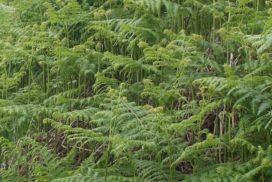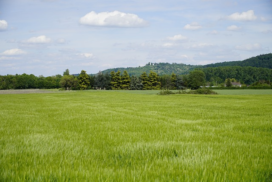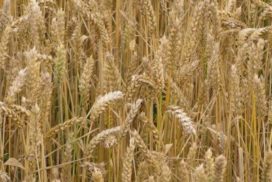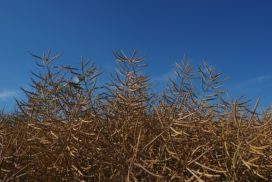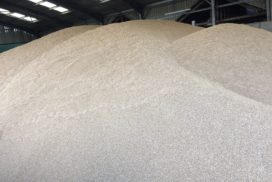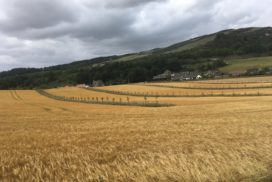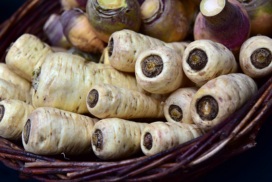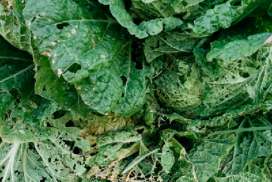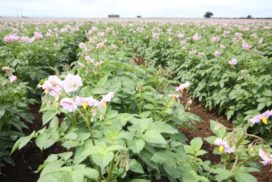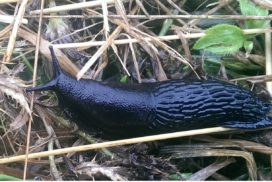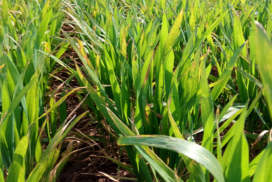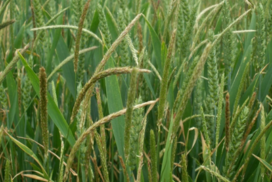Crop Health Updates - July 2020
General Comments
Most cereal crops are looking pretty good, although there could still be some unwelcome surprises in store. The general lack of consistent sunshine in some areas may be affecting grain fill, and the droughty conditions earlier in the spring are affecting some crops. The gates are now shut for most pesticide treatments although the more backward crops should be checked for aphids up until milky ripe. With thoughts turning to crops being spraying off or swathed it is worth giving grain stores a good clean so that this seasons’ harvest won’t be compromised by the presence of grain pests. Fingers crossed for a dry harvest!
The weather has been conducive to the development of potato blight, but fortunately, only a few cases have been confirmed to date, illustrating the efficacy of the current fungicide armoury that we have. This week it was confirmed that the registration of the multisite fungicide mancozeb will not be renewed which will be another blow to the management of potato blight as well as its role as a replacement in cereals after the loss of chlorothalonil.
Bracken Control – Update on Emergency Authorisation for Asulox (July 2020)
As of 9th July, Emergency Authorisation was granted for the use of Asulox as a form of bracken control when specific conditions have been met. Read more here.
Spring Barley Update - early July 2020
Crops are mostly green and look well. Disease levels are low and there are very few reports of ramularia – so far. Sprays are all applied and there is nothing to do but wait and see how the next few weeks fare. The occasional crop has small patches of BYDV. Nothing can be done about BYDV now but keep a watch for aphids up to GS73. Read more here.
Winter Wheat Update - early July 2020
Check the ears of wheat up to GS73 for aphids. If two-thirds of heads are infested then consider an aphicide. Bear in mind that grain aphids may well be resistant to pyrethroid aphicides, so consider using a flonicamid. Read more here.
Winter Oilseed Rape Update - July 2020
Swathing can have a place in exposed sites so long as it is not a wet field. It is also a good option near seed potato crops as it eliminates the risk of damage due to spray drift. The optimal timing for swathing is when the colour of seed is green to green-brown in the top pods, mainly red-brown in the middle pods and dark-brown in the bottom pods. Read more here.
Grain Store Management - July 2020
Now is a good time to start cleaning stores in preparation for the harvest to come. Bear in mind that no pests of grain come in from the field - they are all loitering in the store or on associated machinery waiting for grain to arrive. They keep themselves ticking over on spilled grain, which can be found in crevices, on ledges, in pits and ducts. Read more here.
Winter Barley Update - early July 2020
Most winter barley crops can be harvested successfully without any pre-harvest desiccation. However, if the weather remains changeable, then those crops that have uncontrolled weeds in the base of the crop may benefit from treatment. Read more here.
Pest Control in Carrots & Parsnips - July 2020
The second generation of carrot fly is likely to appear towards the end of July and into early August. Foliar insecticide sprays will be needed when the second generation of carrot flies appear towards the end of July and into August. The seed treatment will have run out of steam by then, so the foliar sprays are the only option. Read more here.
Pest Control in Vegetables & Forage Brassicas - July 2020
There has been a notable increase in cabbage root fly egg-laying over the last week, indicating the start of the second generation of cabbage root fly. Meanwhile, the numbers of Diamondback moth captures in pheromone traps have been reducing in monitored crops, indicating the end of the first generation. Find out more here.
Potatoes - Management Update July 2020
Potato blight - there have been several Hutton periods over the last week or so due to the damp humid weather. Meanwhile, the significant aphid (and virus) pressure earlier in June has not really increased over the last month. The cooler wet weather has reduced aphid flights into crops, but they could resume with the resumption of a warm settled spell of weather. Read more, including the pest risk posed by slugs, here.
Forward planning for slugs - July 2020
The wet weather has encouraged slugs to make an appearance and many can be seen feeding on the ears of wheat. The wet weather will improve the survival of slugs over the summer and will likely lead to an increased risk of slug damage to crops to be sown this autumn. Read more here.
Barley Yellow Dwarf Virus: Forward Planning - July 2020
Aphids are slowly building up numbers on crops and volunteers. There is a risk of cereal aphids picking up BYDV from infected plants and spreading the virus to cereals being sown this autumn. Read more here.
Problem Grass Weeds - July 2020
It is still worth keeping an eye out for problem grass weeds to limit any seed return and issues in following crops. Read more here.
Sign up to the FAS newsletter
Receive updates on news, events and publications from Scotland’s Farm Advisory Service

